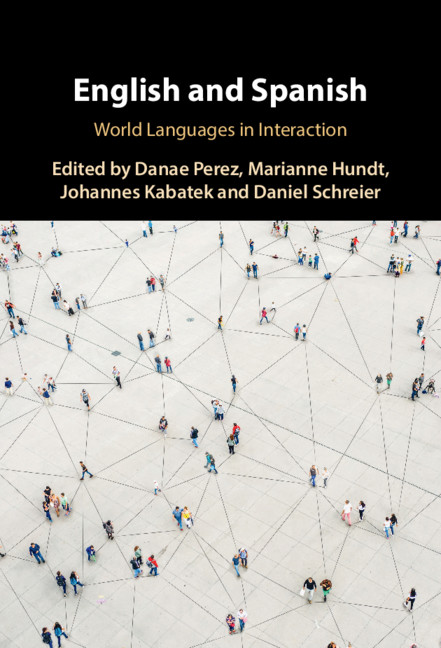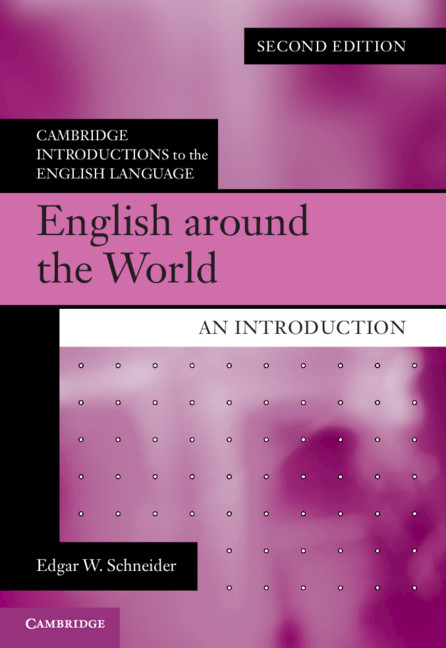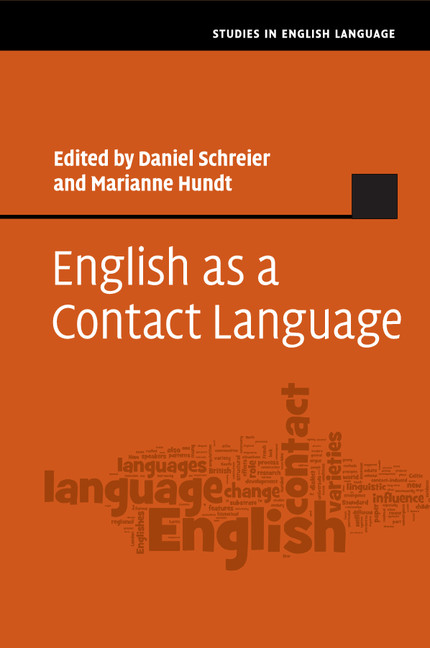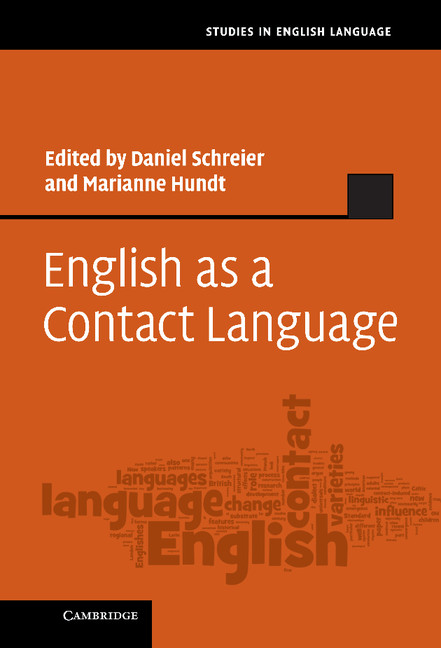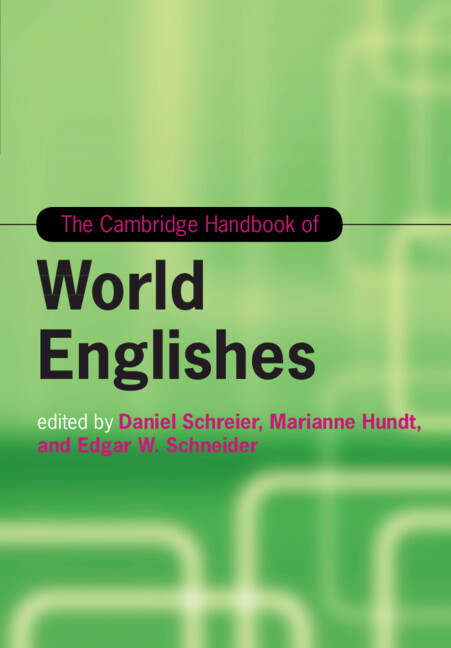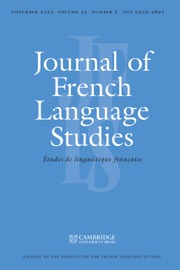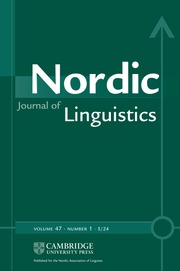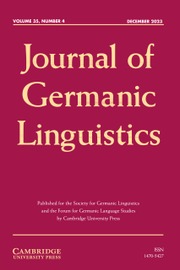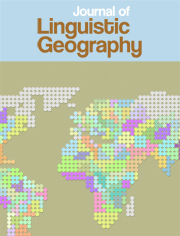English and Spanish
This volume compares the evolution and current status of two of the world's major languages, English and Spanish. Parallel chapters trace the emergence of Global English and Spanish and their current status, covering aspects such as language and dialect contact, language typology, norm development in pluricentric languages, and identity construction. Case studies look into the use of English and Spanish on the internet, investigate mixed and alternating lects, as well as ongoing change in Spanish-speaking minorities in the US. The volume thus contributes to current theoretical debates and provides fresh empirical data. While offering an in-depth treatment of the evolution of English and Spanish to the reader, this book introduces the driving factors and the effects of the emergence of world languages in general and is relevant for researchers and students of sociolinguistics, historical linguistics, and typology alike.
- Contributes to documentation, theory-making, and controversial debates around global languages and world languages
- Makes the history of linguistic colonization accessible to readers and researchers in many areas, with a specific focus on two languages
- Brings historical, theoretical, and fresh empirical data to the discussion
Reviews & endorsements
'The authors present a three-dimensional map of the reality of Spanish and English, as well as their contacts, beyond ideological biases. The volume addresses key concepts for interpreting the contemporary language landscape: polycentrism, postcolonialism, codification, variation, globalization. It is a Kaleidoscopic approach to an intriguing language panorama.' Francisco Moreno-Fernández, Heidelberg University and Universidad de Alcalá
'… linguists interested in these languages, their development, and their intersections will find it valuable.' Jean Danic, LINGUIST List
Product details
September 2021Hardback
9781108486040
320 pages
235 × 158 × 25 mm
0.7kg
Available
Table of Contents
- 1. English and Spanish context – world languages in interaction Danae Perez, Marianne Hundt, Johannes Kabatek and Daniel Schreier
- 2. The emergence of global languages: why English? Edgar W. Schneider
- 3. Some (unintended) consequences of colonization: the rise of Spanish as a global language J. Clancy Clements
- 4. Dialect contact and the emergence of new varieties of English Raymond Hickey
- 5. The emergence of Latin American Spanish Volker Noll
- 6. Language contact in the emergence of new varieties: typological studies of English-lexifer pidgins and creoles Stephanie Hackert
- 7. Contact scenarios and varieties of Spanish beyond Europe Danae M. Perez
- 8. Pluricentricity and codification in world English Pam Peters
- 9. Spanish today: pluricentricity and codification Bernhard Pöll
- 10. Uncovering the big picture: measuring the typological relatedness of varieties of English Benedikt Szmrecsanyi
- 11. Morphosyntactic variation in Spanish – global and American perspectives Eeva Sippola
- 12. English and Spanish in contact in North America: US Latino communities and the emergence of transnational mediascapes Christian Mair
- 13. 'The Spanish of the internet': is that a thing? Discursive and morphosyntactic innovations in computer mediated communication Carlota de Benito Moreno
- 14. Alternating or mixing languages? Rena Torres Cacoullos and Catherine E. Travis
- 15. The persistence of dialectal differences in US Spanish:/s/ deletion in Boston and New York City Daniel Erker and Madeline Reffel
- 16. Identity construction John E. Joseph.

